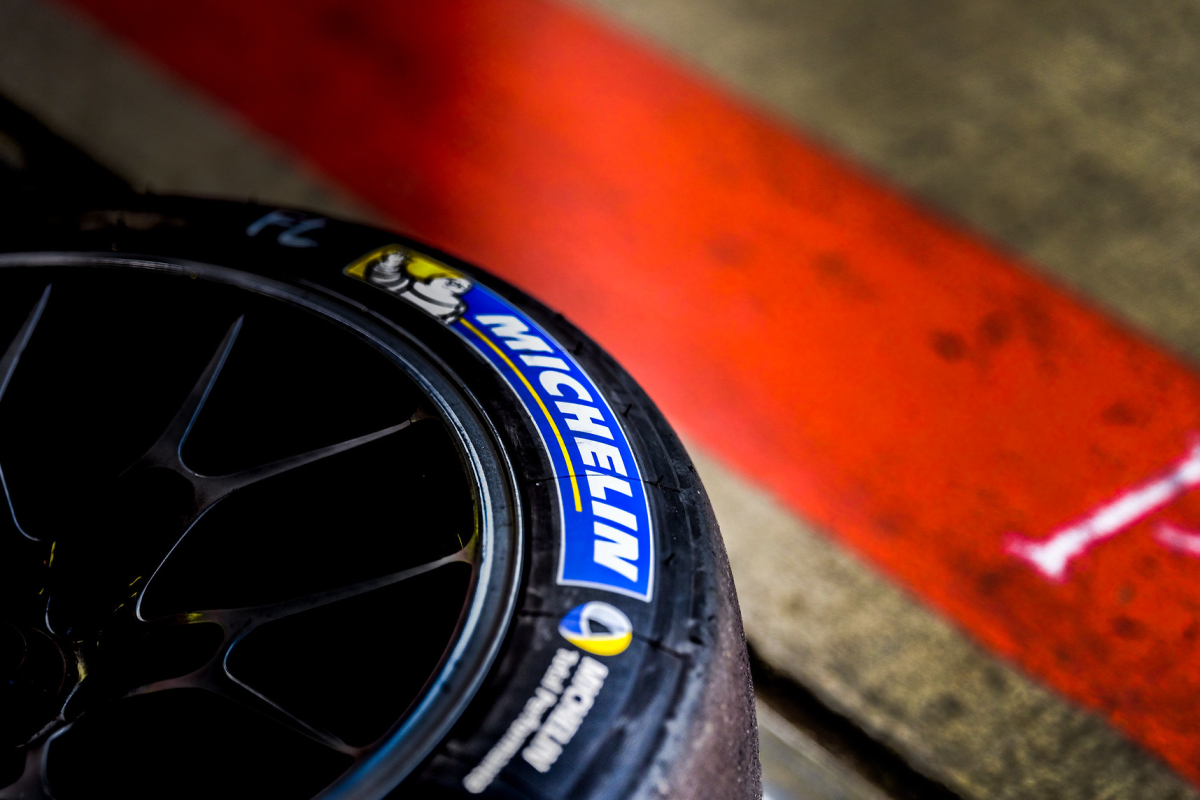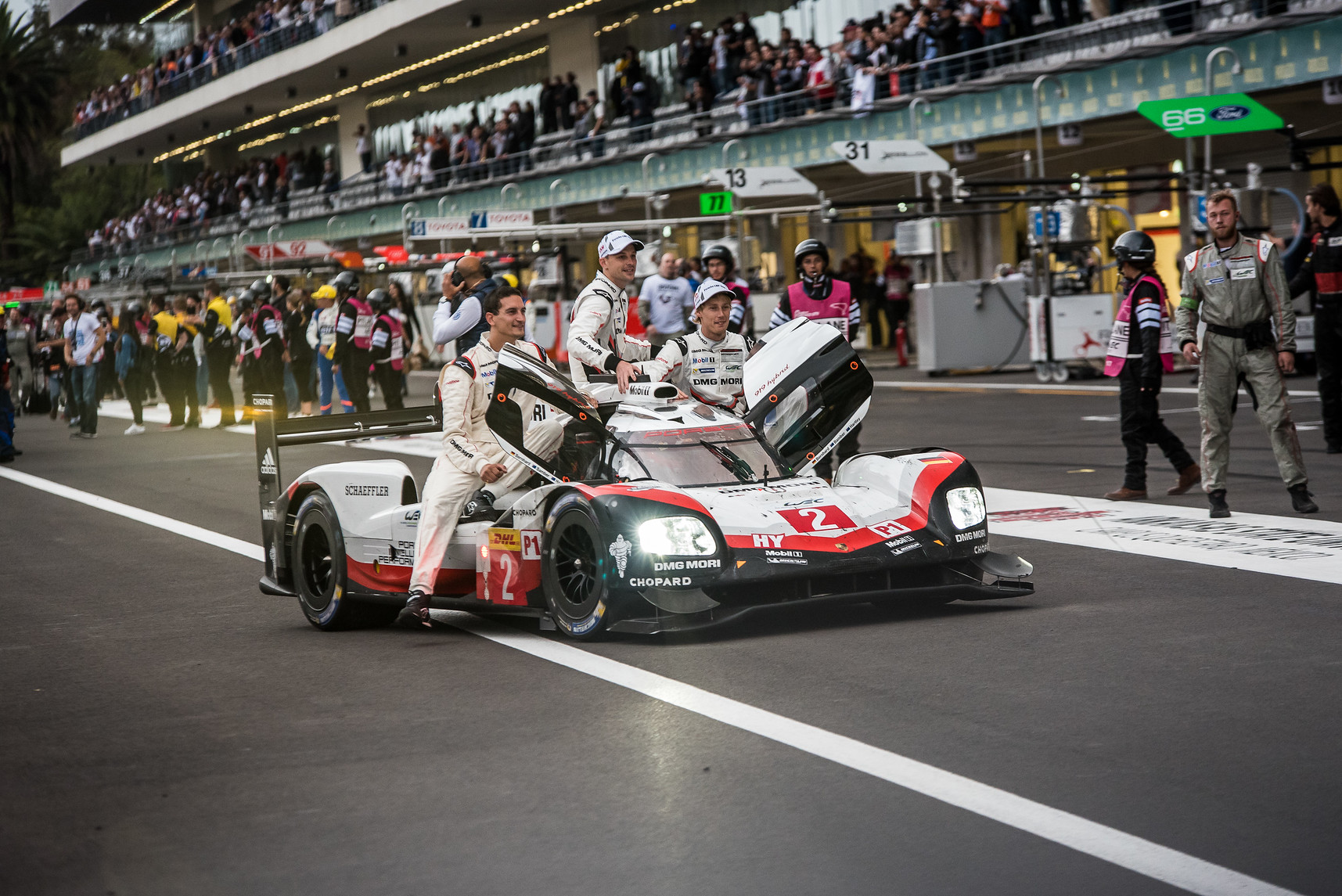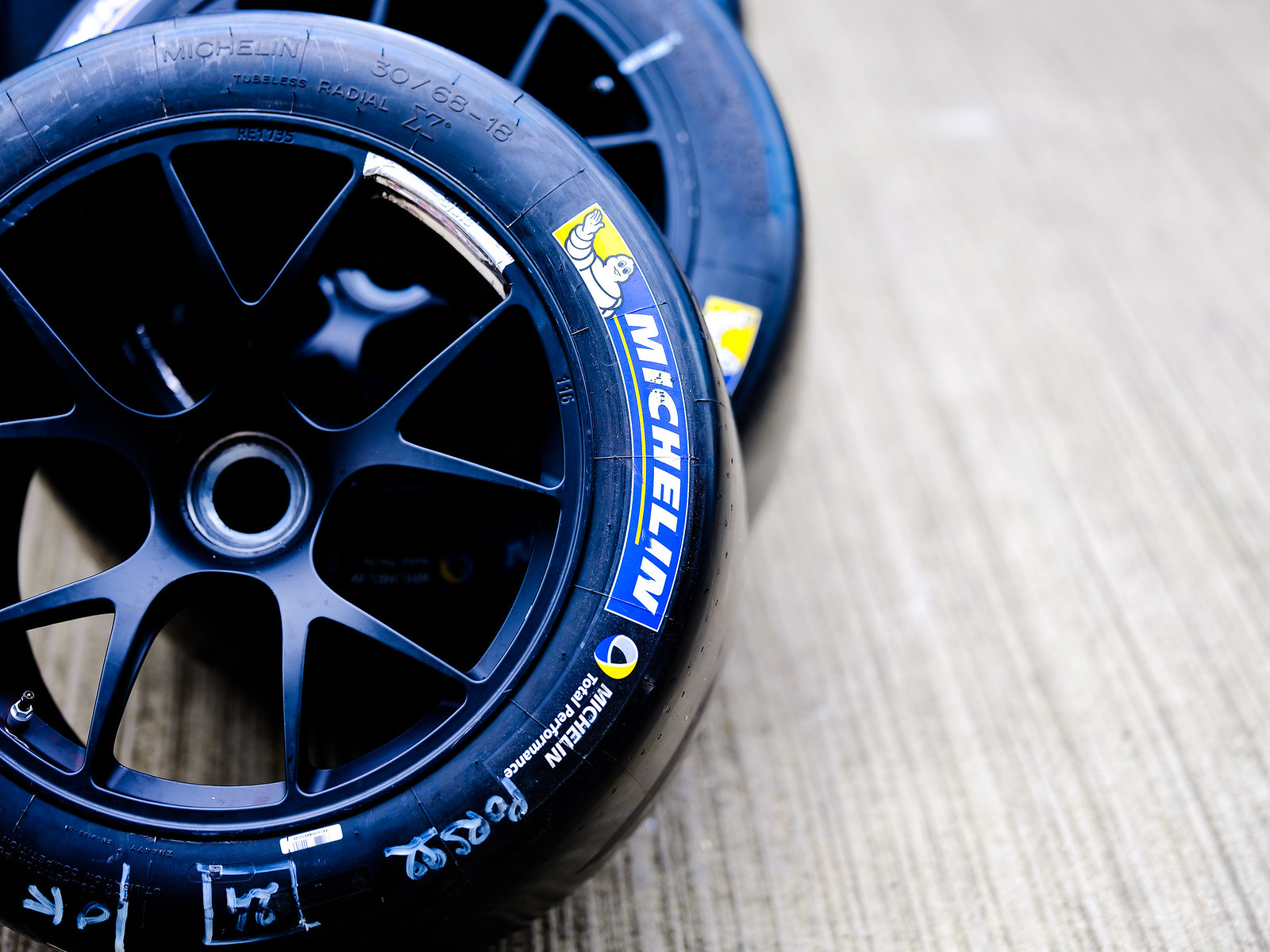
The season's 6th round, at COTA in Austin, Texas will be toughest challenge yet for the FIA World Endurance Championship combatants.


COTA will be toughest challenge yet for the FIA World Endurance Championship combatants. There is no such thing as a ‘chilled’ WEC race, and the Lone Star Le Mans this weekend will be very opposite of that word!
Tyres and temperatures will be the key factors and the key words. This is because, with just four sets of tyres and an additional two individual Michelins for the LMP1-H runners, the management of when and how to use them could make or break a race strategy.
The reduction in the amount of tyres available this year means the teams have more stints to do than the number of tyres available, so at some point they will have to use a tyre for a second stint.
Rubber management will be critical, and this gets more difficult when track temperatures are high.

“Based on last year’s track data we had peak temperatures of between 40 and 45 degrees Celsius,” says Chief Engineer of the No.2 Porsche 919 Hybrid, Kyle Wilson-Clarke. “This is pretty much the hottest place we go to and this is the first time we have run in the day throughout, so it means track temps will be potentially higher than they were last year.
“We have done some good work with Michelin on compounds knowing this new schedule here at COTA where we run completely in daylight,” continues Wilson-Clarke. “This is to find a compound which could last for a double stint and be able to perform well over a longer time. Part of our job in Free Practice will be to do some testing of the tyres and to see where we are so we have the right information to make the right call in the race.”
It is not just the crucial mechanical and aerodynamic properties of the car that are important. The human body is also a fundamental component to be evaluated.

“We always look deeply into mechanical and vehicle dynamic elements of managing the conditions, but we also have to consider the human element and how the drivers can perform in these tough conditions,” states Wilson-Clarke.
“If the driver is struggling to perform at the same level for 1hr 40mins in the car (two stints) then potentially you are better changing over. We will know this by the ambient temperatures and also having dialogue with them in the car during their stints.
“We just basically have to manage the temperatures in every single way, whether it is brake temps, tyre temps - especially how much energy you are putting in to them - and also engine cooling, we monitor them very carefully.”